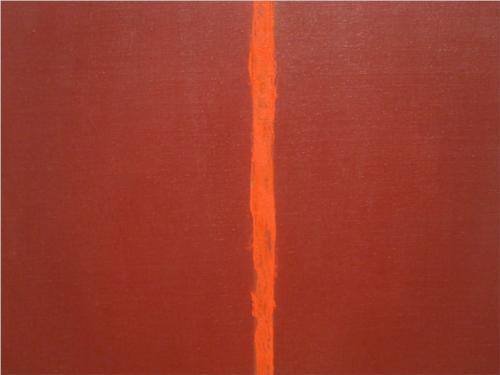ART MOVEMENTS IN THE 50’S
The story of 50’s art based on the post-war era… While pessimist days were over and the world was recovering from the trauma, new art movements developed. As the two opposite terms -Eastern socialism and Western capitalism- were forming the art movements, influencers were the 1920’s avant-garde trends –modernism, surrealism and abstract painting-.

Franz Kline – Unnamed
New York became the gathering place of European artist, collectors and dealers. Yves Tanguy, Max Ernst, Peggy Guggenheim, Marcel Duchamp, André Masson, André Breton, Marc Chagall and Piet Mondrian changed their routes to this direction and started searching for the ‘new’ here. In the end, the prominent movement of the era, ‘Abstract Expressionism’ was developed. As the surrealism, cubism, fauvism and modernism were the main influencers, it was quite possible to see Bauhaus impression as well… Even though the abstract expressionism was the main movement, painters separated around two different ideas; ‘Action Painting’ and ‘Color Field Painting’… Jackson Pollock, William de Kooning and Franz Kline believe in action painting, that reflects hand movements on canvas with natural and instant forms. On the other hand, Mark Rothko and Barnett Newmann are the ones who defend forms on canvas should be continuous and stable, which is the perception of color field painting…

Barnett Newman – Onement, 1949
‘Early Pop-Art’ is the other significant movement in 50’s… Eduardo Paolozzi and Richard Hamilton from Britain lead this art movement and it quickly spread through USA. Pop art is kind of a criticism to fast growing consumerism and elitist culture. It is the irony shown to the social life by reproducing used objects with collage, silkscreen kind of methods.
With powerful and hold good movements, 50’s opens a new door in the art history by gathering East-West differences around!